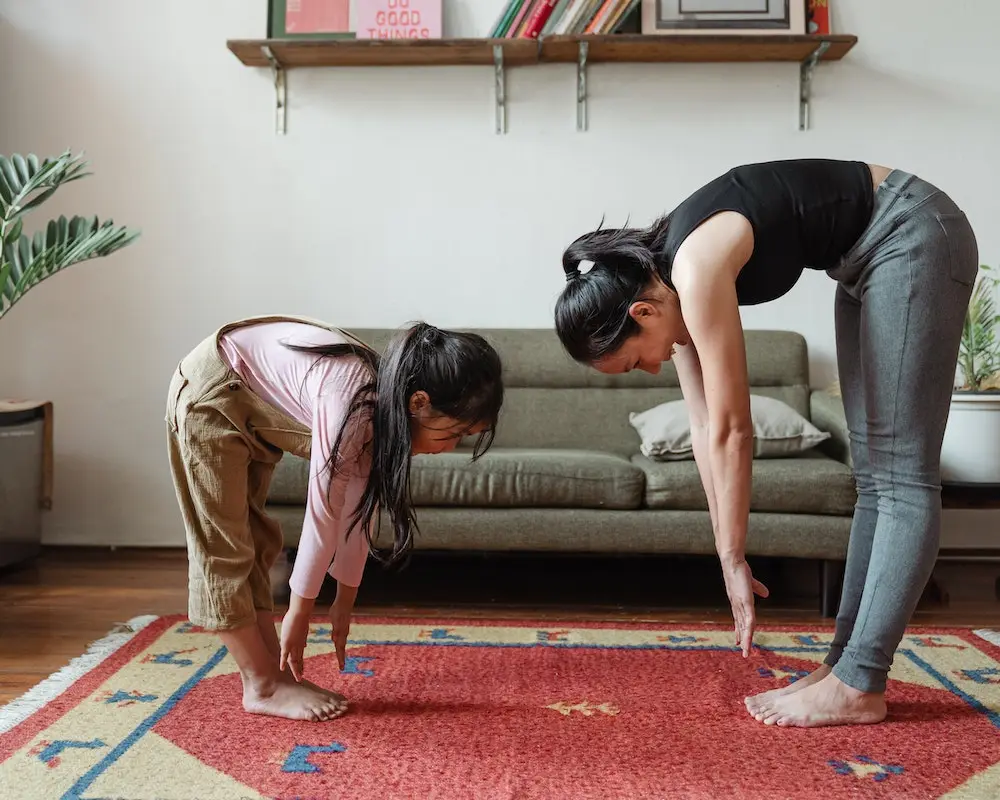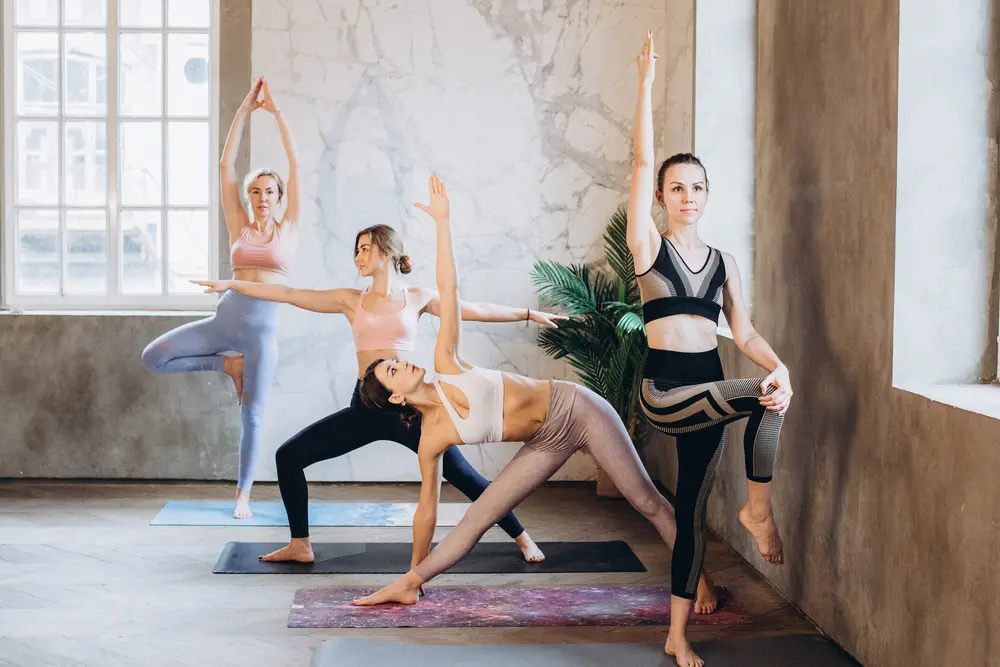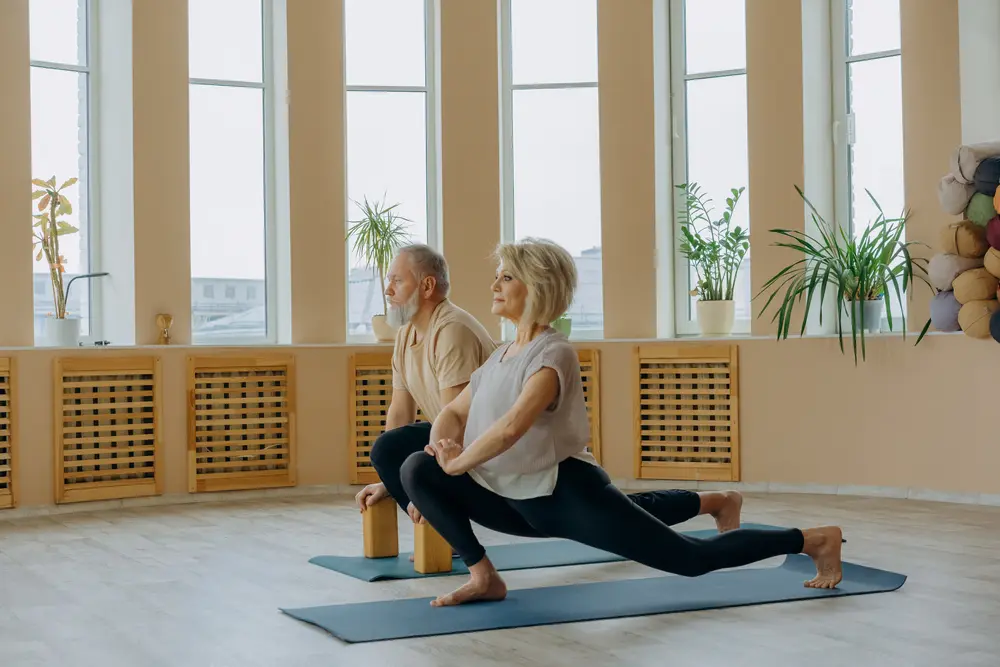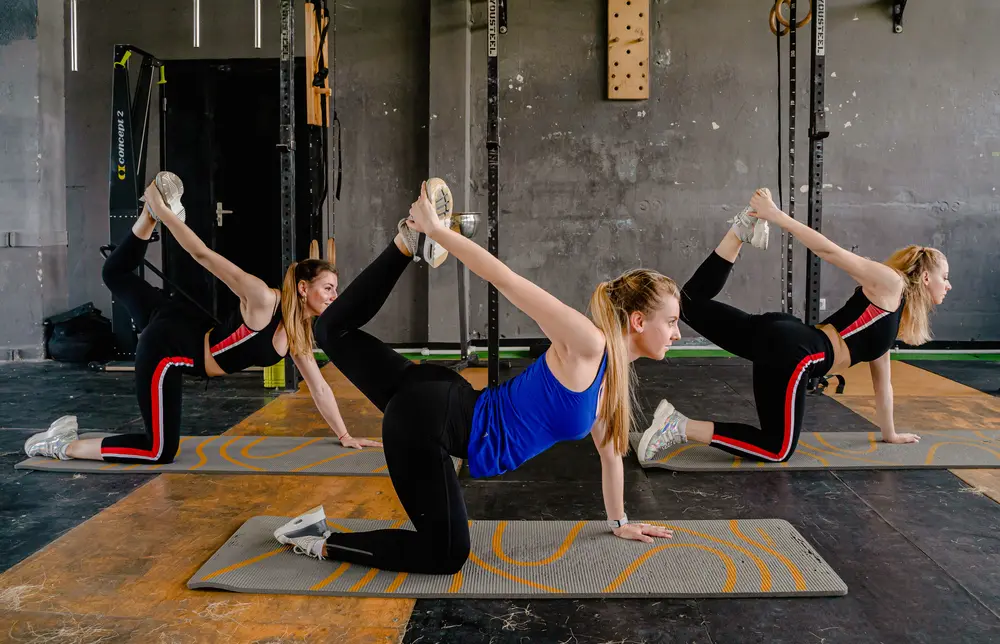The importance of stretching and flexibility transcends the realm of fitness. It is not just about being able to touch your toes or do a split. It is about maintaining a level of physical freedom that allows you to live your life to the fullest. Regular stretching can help prevent injuries, reduce muscle soreness, improve posture, and even alleviate stress. It is a simple yet effective way to boost your overall health and wellness.
Stretching and flexibility are often overlooked aspects of fitness, yet they are as crucial as strength training and cardiovascular exercises. They are the unsung heroes of our daily routines, playing a significant role in our overall health and well-being. From improving our range of motion to enhancing our performance in physical activities, these practices are integral to maintaining a fit and healthy body.
This article will delve deeper into the importance of these practices, shedding light on their numerous benefits and how they contribute to our fitness and health. We will explore the science behind stretching and flexibility, debunk common misconceptions, and provide practical tips on how to incorporate these practices into your daily routine. So, whether you are a fitness enthusiast or someone just starting on their health journey, this article will equip you with the knowledge you need to make stretching and flexibility a non-negotiable part of your lifestyle.
Understanding The Importance Of Stretching And Flexibility

Stretching and flexibility, while interconnected, are distinct concepts in the realm of physical fitness. Stretching refers to the process of gently elongating muscles, tendons, and other soft tissues to improve their elasticity and enable a greater range of motion. On the other hand, flexibility is a measure of the range of motion available at a joint or group of joints. It is the end result of regular stretching, signifying the ability of your body to move freely without restriction or discomfort.
Stretching plays a pivotal role in increasing flexibility. By regularly elongating our muscles and tendons, we can enhance their elasticity, thereby improving our joint mobility. This process helps to counteract the stiffness and rigidity that can result from prolonged periods of inactivity or repetitive movements, making stretching a crucial component of any fitness regimen.
There are several types of stretching, each with its unique benefits and applications. Static stretching involves holding a stretch for a prolonged period, typically 15-60 seconds, and is best performed after a workout to aid in recovery. Dynamic stretching, on the other hand, involves moving parts of your body through a full range of motion and is often used as part of a warm-up routine before exercise.
Ballistic stretching uses the momentum of a moving body to force it beyond its normal range of motion, and while it can increase flexibility, it is generally not recommended for most people due to the risk of injury. Understanding these different types of stretching can help you tailor your fitness routine to your specific needs and goals, maximizing the benefits you derive from these practices.
The Importance Of Stretching

The physical benefits of regular stretching are manifold. For starters, it can significantly improve your performance in various physical activities. By increasing your range of motion, stretching allows your muscles to work more effectively, enhancing your strength, speed, and endurance. Additionally, it plays a crucial role in injury prevention. By improving muscle and joint flexibility, stretching reduces the risk of strains and sprains, and helps maintain a healthy musculoskeletal system.
But the benefits of stretching are not just physical. They extend to our mental well-being as well. Stretching can serve as a form of stress relief, helping to calm the mind and promote relaxation. It can also enhance concentration by increasing blood flow to the brain and can even improve your mood by stimulating the release of endorphins, the body’s natural mood elevators.
Stretching is a key component of various fitness activities. In yoga, for instance, stretching is fundamental to achieving the various poses and deepening one’s practice. In cardio workouts, it helps to warm up the body and prepare the muscles for the activity ahead, reducing the risk of injury. And in strength training, stretching can help to enhance muscle growth and recovery by improving circulation and flexibility. Regardless of the type of exercise you engage in, incorporating stretching into your routine can significantly enhance your performance and overall fitness.
The Benefits Of Flexibility

Flexibility plays a crucial role not only in athletic performance but also in our everyday lives. From bending down to tie your shoes to reaching for a high shelf, flexibility allows us to perform a wide range of movements with ease. For athletes, it can enhance performance by improving range of motion, reducing resistance in muscle tissue, and facilitating more efficient movements.
Flexibility is also integral to muscle health and good posture. Tight muscles can lead to imbalances and poor alignment, which in turn can result in postural problems and discomfort. By keeping our muscles flexible, we can maintain proper alignment and posture, reducing the risk of back pain and other musculoskeletal issues.
As we age, our muscles naturally lose elasticity, leading to decreased flexibility and mobility. However, by prioritizing flexibility training, we can counteract these effects and maintain a higher level of physical function as we age. Regular stretching can help to slow the loss of flexibility, ensuring that we can continue to perform daily activities independently and comfortably. In this way, flexibility plays a key role in aging well and preventing mobility issues, contributing to a better quality of life in our later years.
Stretching Techniques And Best Practices

There are several stretching techniques, each with its unique benefits. Static stretching, as mentioned earlier, involves holding a stretch for a prolonged period and is excellent for cooling down after a workout and improving overall flexibility. Dynamic stretching, which involves moving parts of your body through a full range of motion, is ideal for warming up before physical activity. Proprioceptive neuromuscular facilitation (PNF) is a more advanced form of stretching that involves both stretching and contracting the targeted muscle group and is particularly effective for improving flexibility and athletic performance.
To stretch properly and avoid injury, it is crucial to warm up your body first with light cardio activity. Always stretch both sides of your body equally, and maintain a smooth, controlled movement without bouncing. Remember to breathe freely during your stretches, as this can help you achieve a deeper stretch. And most importantly, never stretch to the point of pain; a gentle pull or mild discomfort is all you need.
As for when and how often to stretch, it largely depends on your individual fitness goals. However, a good rule of thumb is to incorporate flexibility exercises into your routine at least two to three times per week. If you are about to engage in physical activity, do dynamic stretches during your warm-up and static stretches during your cool-down. Regularly incorporating these practices into your routine can significantly enhance your flexibility and overall fitness.
Flexibility Training Programs

There are numerous flexibility training programs available, each offering unique benefits. Yoga, for instance, is a holistic practice that not only improves flexibility but also promotes strength, balance, and mental well-being. Pilates, another popular option, focuses on core strength and flexibility, improving posture and alignment in the process. Other programs might include dance classes, martial arts, or specific flexibility training routines designed by fitness professionals.
Incorporating flexibility training into your fitness regimen does not have to be complicated. It can be as simple as dedicating a few minutes each day to stretching or attending a yoga or Pilates class a couple of times a week. The key is to make it a regular part of your routine, just like strength training or cardio workouts.
For beginners starting a flexibility training program, it is important to start slow and gradually increase the intensity and duration of your workouts. Listen to your body and never push yourself to the point of pain. It is also beneficial to work with a trained professional, at least in the beginning, to ensure you are performing the exercises correctly and safely. Remember, flexibility is a journey, not a destination. It is about consistent progress, not instant perfection. With patience and persistence, you will see improvements over time and reap the many benefits that flexibility training has to offer.
Real Life Impact Of Stretching And Flexibility
Let’s consider the story of John, a marathon runner who had been struggling with recurring injuries and performance plateaus. Despite his rigorous training schedule and commitment to his sport, he found himself frequently sidelined by muscle strains and joint pain. His performance had stagnated, and he was beginning to question his ability to continue running.
Upon the advice of a fellow runner, John decided to incorporate a dedicated stretching and flexibility routine into his training regimen. He began attending yoga classes twice a week, focusing on poses that targeted his tightest muscles. He also started a daily routine of dynamic stretching before his runs and static stretching afterward.
The transformation was remarkable. Within a few months, John noticed a significant reduction in his muscle soreness and joint pain. His range of motion improved, and he found himself running with greater ease and efficiency. His injury frequency dropped dramatically, and he started setting personal records in his marathon times.
But the benefits extended beyond his athletic performance. John found that his daily stretching routine was a great stress reliever, helping him to feel more relaxed and focused throughout the day. He also noticed improvements in his posture and overall body alignment.
John’s story is a testament to the power of stretching and flexibility. By making these practices a priority, he was able to overcome his performance hurdles, prevent injuries, and enhance his overall quality of life. His experience serves as a powerful reminder of the importance of flexibility in both athletic performance and everyday health and well-being.
Conclusion
In conclusion, stretching and flexibility are fundamental components of fitness and overall health. They play a crucial role in enhancing athletic performance, preventing injuries, promoting muscle health, and improving posture. Beyond the physical benefits, these practices also contribute to mental well-being, offering stress relief and enhanced concentration. As we age, maintaining flexibility becomes even more important, helping to prevent mobility issues and support a high quality of life.
Whether you are an athlete or someone simply looking to improve your health, incorporating stretching and flexibility exercises into your regular routine can bring about significant benefits. It is never too late to start, and even small changes can make a big difference over time. Remember, fitness is not just about strength and endurance. It is also about the freedom of movement. So, why not take a step today towards a more flexible future? Your body and mind will thank you.
References:
“Anatomy and Physiology of Flexibility” – Michael J. Alter’s “Science of Flexibility“
“Stretching: Focus on flexibility” – Mayo Clinic (https://www.mayoclinic.org/healthy-lifestyle/fitness/in-depth/stretching/art-20047931)
“The impact of stretching on sports injury risk: a systematic review of the literature” – Med Sci Sports Exerc. 2004 Mar;36(3):371-8.
“The Acute Effects of Static and Ballistic Stretching on Vertical Jump Performance in Trained Women” – The Journal of Strength & Conditioning Research: February 2005 – Volume 19 – Issue 1 – p 206-212
“Flexibility training and functional ability in older adults: a systematic review.” – J Aging Res. 2012; 2012: 306818.
“Yoga, Pilates, and Mind-Body Movement: A Review of Health Benefits” – The Journal of Alternative and Complementary Medicine Vol. 27, No. 6
Read more here